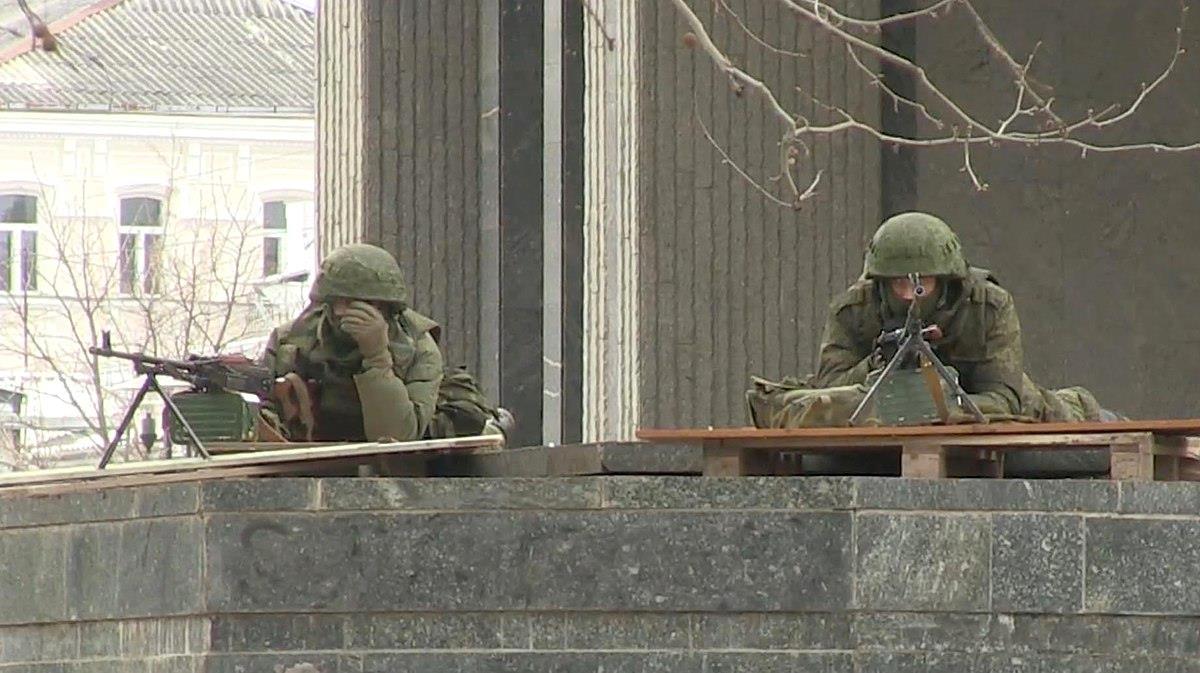(MENAFN- Asia Times) This is part four of a series, 'Lessons from the first cyberwar.'
Read part one ,
part two and part three .
From the Estonian attack in 2007 to leveraging cyber operations and supporting military operations in Georgia in 2008, Russia already had some experience waging cyberwar. And before the Euromaidan revolution in Ukraine in late November 2013, Russia had begun preparing for an actual war against Ukraine – both physical and digital.
Ukraine's president at the time, Viktor Yanukovych, who had close ties with Russia, had backpedaled against closer ties with the European Union , refusing under the Kremlin's pressure to sign an association agreement with the EU.
Russia offered Ukraine US$15 billion in economic aid, which was seen by some as a bribe to Yanukovych to turn away from the EU.
Activists started large protests against the president's decision to try to bring the country deeper into Russia's sphere of influence. Yanukovych tried to stop these protests with force, but that only made the protesters more determined and brought more people into the streets. The situation continued to escalate and eventually Yanukovych fled to Russia.
Putin exerted pressure on Yanukovych to pivot Ukraine toward joining the Eurasian Economic Union (EEU), mirroring Russia's successful coercion of Armenia.
Compared with Armenia's transition from the EU Association Agreement to the EEU, which occurred without significant public dissent, Ukraine's situation was markedly different, culminating in mass protests.
Following the ascent of the Euromaidan activists to power, Russia executed an invasion of Crimea . This operation was characterized by the deployment of Russian special forces, who were notably disguised as “little green men” – soldiers without identifiable insignia.

Little green men: Masked men at the building of the Verkhovna Rada of Crimea during its attack, February 27, 2014. Photo: Wikipedia
However, during Russia's invasion of Crimea and illegal referendum, the Kremlin also launched an eight-minute DDoS attack against Ukraine, which was 32 times more powerful than Russia's largest attack against Georgia during its invasion in 2008.
Then, on the day of the referendum in Crimea, Russia also began conducting DDoS attacks against NATO websites for voicing support for Ukraine against Russia's invasion. This set a precedent for Russia targeting Ukraine's supporters with cyberattacks in subsequent confrontations.
In May 2014, the pro-Russian hacktivist group CyberBerkut tried to disrupt the Ukrainian presidential elections. Four days before the vote, they hacked into Ukraine's main election computers and deleted important files, causing the system that counts the votes to stop working.
The next day, the hackers announced they had“destroyed the computer network infrastructure” used for the election, leaking emails and documents online to show what they had done.
Furthermore, they continued attacking the vote counting system with DDoS attacks , which overloaded the system with traffic. The next day, Ukrainian officials reported that they had fixed the system using backup files, which were ready to be used again. However, government cyber experts still had to remove – 40 minutes before the results were announced – a virus that would have resulted in false votes being released.
MENAFN12032024000159011032ID1107964947
Legal Disclaimer:
MENAFN provides the information “as is” without warranty of any kind. We do not accept any responsibility or liability for the accuracy, content, images, videos, licenses, completeness, legality, or reliability of the information contained in this article. If you have any complaints or copyright issues related to this article, kindly contact the provider above.